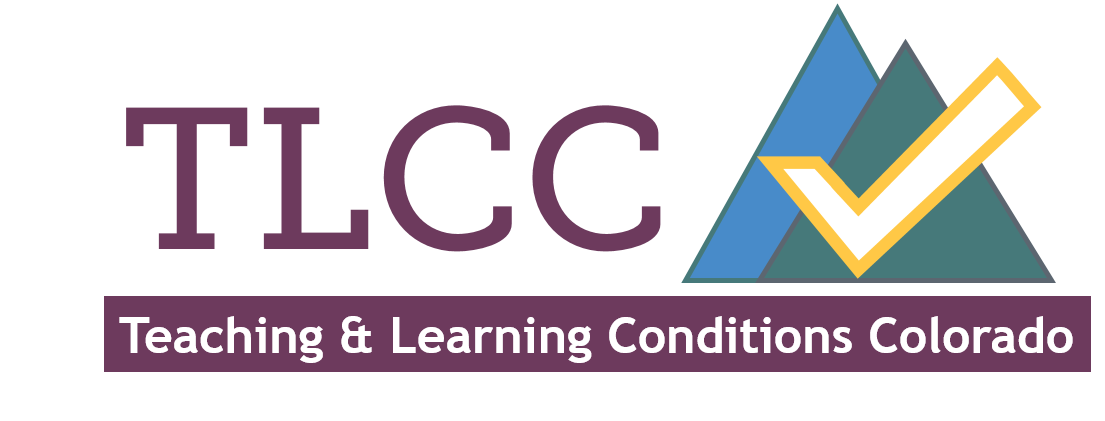Schools and districts that exceeded 50 percent participation in the TLCC survey now have the opportunity to use the data to support improvement planning. You’ll be able to access the data at tlccsurvey.org around April 15. CEA highly encourages our members to engage school administration and the community in conversations about the survey results and how they can steer people toward creating a greater vision of the school your students deserve.
First, remember the TLCC Survey is confidential. Keep the privacy of all participants at the forefront and don’t do anything to compromise the confidentiality promised to educators when discussing survey results.
The TLCC survey asked about schools, not about individuals; no single person should be viewed as responsible for creating or reforming school culture alone.
View TLCC as an opportunity to inform professional, data-driven conversations about strategies for moving forward, and keep these conversations safe, structured and focused on the school rather than individuals.
The collected perceptions of educators in TLCC do form valid results that are as significant as other data sources on student learning and the future employment plans, efficacy and motivation of educators.
Data-driven dialogue isn’t easy - the findings deserve structure, facilitation and ground rules when people come together to discuss the root causes of problems and determine viable solutions. All staff need the opportunity to participate in a meaningful and safe way.
Analyzing and using TLCC information to improve schools is critical; however, other data (e.g., instructional expenditures, teacher/pupil ratio) should be used to triangulate these findings and provide a better understanding of the data.
Consider the data, findings and reports from previous versions of the TELL survey to add context to progress over time. The 2015, 2013, 2011 and 2009 results are available on the tlccsurvey.org website.
All schools have pride and successes to draw upon as they assess and improve their teaching and learning conditions. Ensure time is spent celebrating positive aspects of the school rather than jumping straight into negative trends.
Know some issues that shape teaching and learning conditions within a school or district are outside of your control. Focus school improvement planning on areas that can be addressed in the school or in partnership with others in the school community.
Teaching and learning conditions are cumulative and can be ingrained over many years. While some solutions may be inexpensive and simple to address, it may take time to make other changes that require long-range planning and building bonds of trust. A school improvement plan must pay attention both to short and long term issues to successfully improve the school environment.

